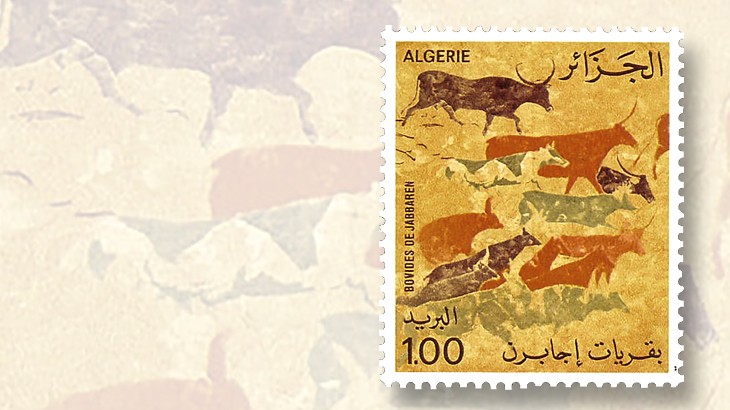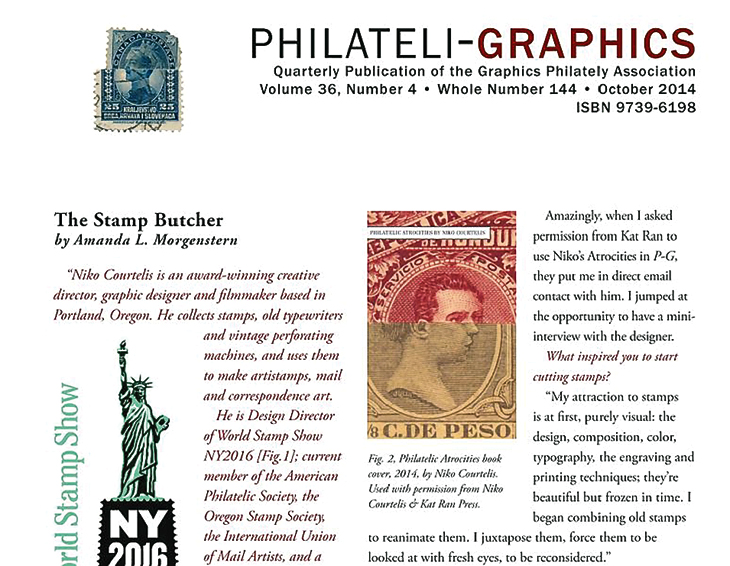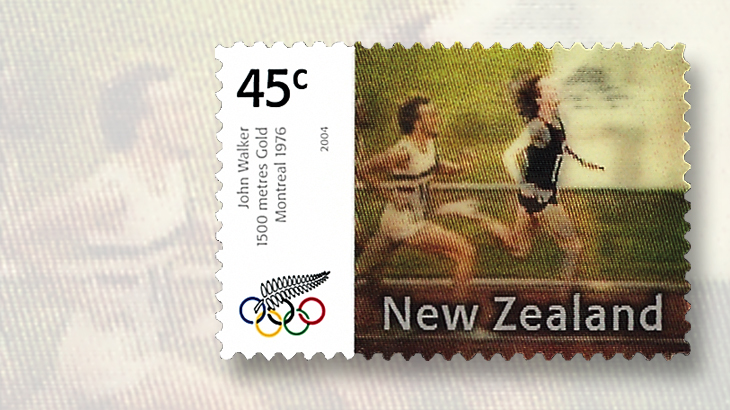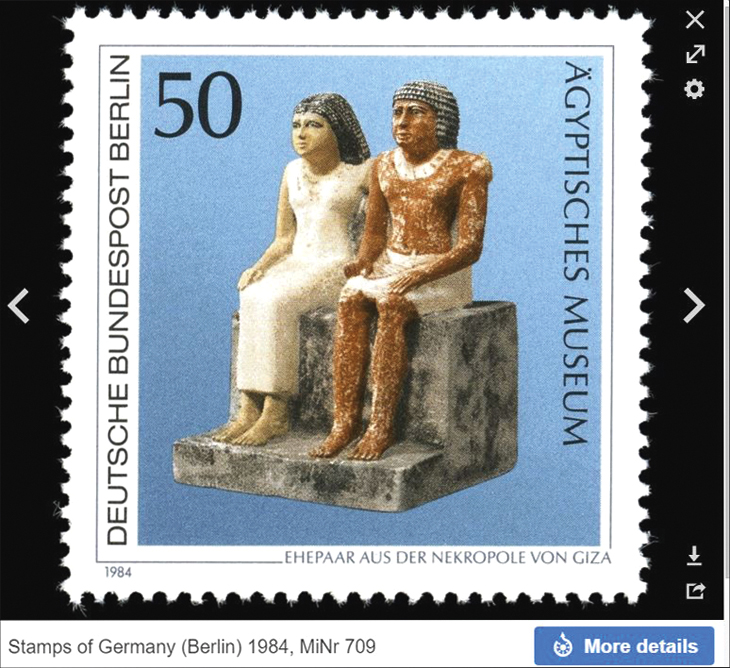World Stamps
Graphics Philately Association’s website includes articles, stamp gallery: Computers and Stamps
By William F. Sharpe
The Graphics Philately Association, founded in 1975 by Robert M. Ritterband, a printer in California, and Mark H. Winnegrad, a librarian in New York, studies the history of books and printing on stamps.
Visit the website to view a gallery of stamp images and read selected articles from the group’s quarterly publication Philateli-Graphics.
You will also find a membership application and links to related stamp sites. Dues are $15 per year for United States and $25 elsewhere.
The article list on the website includes Denise McCarty’s discussion about “Stamps That Move” from the April 2004 issue of Philateli-Graphics (reprinted with permission from a World of New Issues column in the Sept. 6, 2004, Linn’s).
Connect with Linn’s Stamp News:
Like us on Facebook
Follow us on Twitter
Keep up with us on Instagram
McCarty mentions New Zealand’s stamp set (Scott 1968-1971) issued to honor the 2004 gold medalists in the Seoul Summer Olympics.
The stamps have a three-dimensional effect so that the picture appears to move depending on how you look at it.
The image of the stamps shown nearby appears a bit blurred because the 3D effect does not show up in a two-dimensional picture.
Bruce Johnson mentions another stamp that moves in his article titled “Sense-ual Stamps,” from the January 2008 issue. It is Great Britain’s Nobel Prizes Centenary stamp showing a holographic foil image of a boron molecule (Scott 1998).
Johnson said, “If you move your head, the image changes and moves so that you can see around the image.”
While you can read many individual articles from Philatelic-Graphics as PDF files (2003 through 2014), you will need to join the group to subscribe to the quarterly publication.
The most recent article included on the site was “The Stamp Butcher” by Amanda L. Morganstern, published in the October 2014 issue.
The gallery on the Graphics Philately Association website pictures many stamps related to graphics, but most pages are still under construction. Some are complete, others show stamp images without any descriptions, other pages are yet to be written at all.
The first entry on the gallery page is called “Primitive records,” and that page shows several stamp images with prehistoric markings on them. Clicking on each image loads a larger picture of the stamp in a separate window.
Shown nearby is a stamp from Algeria depicting a prehistoric cave painting (Scott 676).
The stamp was issued Nov. 21, 1981, in a set of four.
The links page refers to the American Philatelic Society, American Topical Association, and the Old World Archaeological Study Unit.
The Old World Archaeological Study Unit describes itself as a “thematic stamp collecting group that collects and studies postage stamps related to archaeology (and cultural anthropology for spice) from the stone age to the beginnings of recorded history.”
A sample copy of its quarterly newsletter, Old World Archaeologist, is available for download. Although the group is still active, it appears that the site hasn’t been updated since 2009.
The dealers page, accessed from a menu at the bottom of the Old World Archaeological Study Unit’s home page, provides a link to a Delcampe search for “archaeology.” The results display hundreds of stamps related to archaeology that you can bid on.
External links to several philatelic sites related to archaeology or mythology are provided on the links page. The page also includes nonphilatelic links concerning archaeology, such as Stonehenge.
If you search Wikimedia Commons for “archaeology on stamps” you will find thumbnail images of 37 stamps. Click on any stamp to see a larger image.
Shown nearby is the image of the German Occupation stamp for Berlin depicting an ancient Egyptian statue of a seated couple (Scott 9N489). If you click on the arrows on either side of the image, you can view other stamps related to archaeology.
You also can click on the “More details” button at the bottom right to find some information about the stamp.
To find even more stamp images to view, search for “stamps” at Wikimedia Commons.
MORE RELATED ARTICLES
Headlines
-
US Stamps
Oct 7, 2024, 3 PMMcMurtrie dismissed as APS education director following Sept. 21 arrest
-
US Stamps
Oct 7, 2024, 12 PMVasiliauskas named president of Mystic Stamp Co.
-
US Stamps
Oct 6, 2024, 5 PMApgar souvenir card available
-
US Stamps
Oct 6, 2024, 4 PMFirst Continental Congress and U.N. stamps receive Scott catalog numbers









